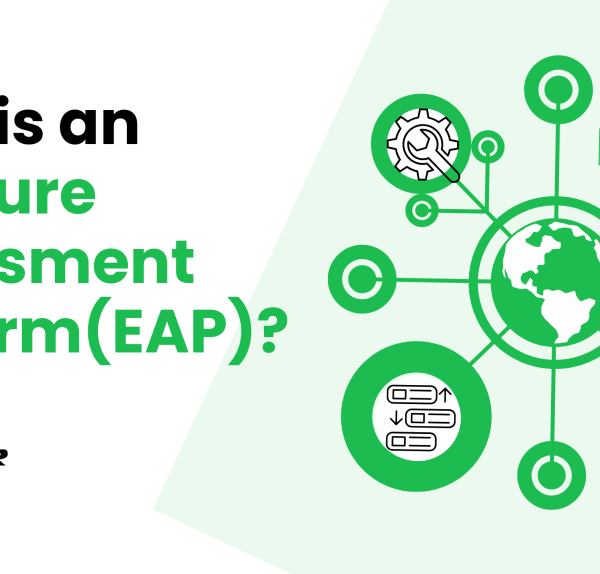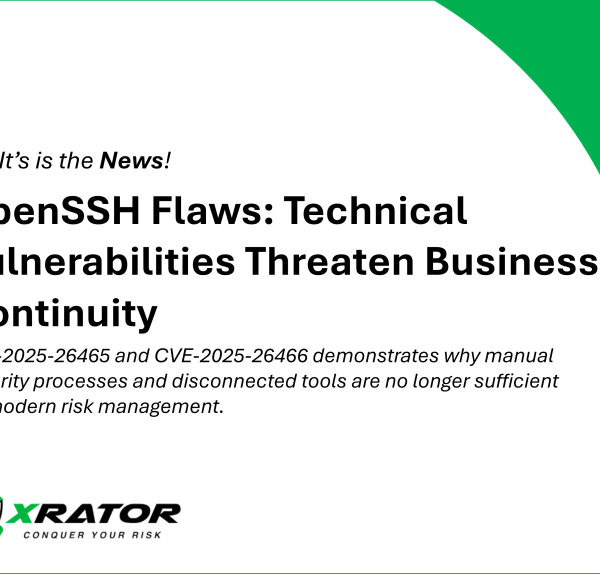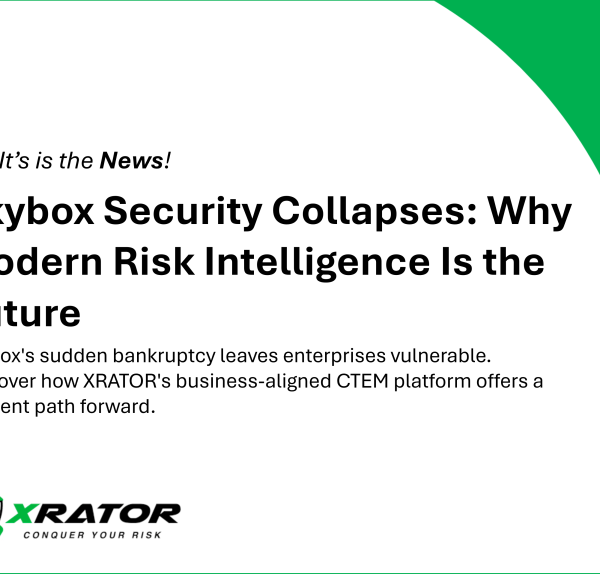Financial Institution in Singapore must embrace tools and technologies that streamline MAS TRM compliance processes to cope with regulatory standards like MAS TRM, CSA CEM or PDPA that are increasingly stringent. This enables them to remain secure and competitive without being overwhelmed by complexities. Here, we explore effective tools and technologies that can simplify compliance while bolstering overall cybersecurity resilience. Ideal when starting MAS TRM compliance and essential to maintain adherence to the framework.
1. Risk-Based Vulnerability Management (RBVM) Tools
Managing vulnerabilities is fundamental to security compliance. Risk-based vulnerability management (RBVM) tools prioritize vulnerabilities based on their potential business impact and likelihood of exploitation. Those tools streamline MAS TRM compliance by automatically linking strategic risk assessment with technical vulnerability management.
- Key Benefits: RBVM tools help organizations address high-priority vulnerabilities swiftly and efficiently by evaluating their risk contextually and providing actionable remediation guidance.
- Features: Automated scanning of assets, prioritized threat lists that align with risk appetite, tailored remediation recommendations, and centralized dashboards that provide visibility into remediation progress.
Tips for Success:
- Use RBVM tools to generate comprehensive risk reports that prioritize vulnerabilities, focusing remediation efforts on the most critical assets.
- Align vulnerability management with business continuity to ensure swift response to high-risk threats.
2. Cyber Asset Attack Surface Management (CAASM) Tools
Maintaining an inventory of all IT assets, internal and external, is crucial for compliance. CAASM tools automate the identification and monitoring of an organization’s entire digital landscape, from cloud instances to on-premises devices. Those tools streamline MAS TRM compliance by automatically discovering digital assets and perform technical vulnerability assessment.
- Key Benefits: With accurate visibility into all assets, security teams can easily spot gaps, redundant tools, and outdated policies. CAASM tools minimize risks by mapping vulnerabilities to critical business assets, providing actionable remediation steps.
- Features: Comprehensive asset scanning, shadow IT identification, alerts for non-compliant assets, correlation with threat intelligence feeds, and automatic classification of assets based on sensitivity.
Tips for Success:
- Regularly review asset inventories to eliminate redundant or non-compliant assets.
- Correlate asset data with other security tools to get a holistic view of the attack surface.
3. Compliance Automation Platforms
Compliance automation platforms are indispensable for simplifying evidence collection, auditing, and policy adherence, particularly in complex regulatory environments. Those automation platforms streamline MAS TRM compliance by automatically gathering proofs, monitor deviation and prepare audit.
- Key Benefits: These platforms reduce manual work, automate repetitive tasks, and improve audit readiness by ensuring consistency in compliance adherence. They simplify compliance through real-time insights and reporting.
- Features: Centralized policy management, automated evidence collection, compliance cross-referencing, and automated alerts for policy violations.
Tips for Success:
- Integrate compliance automation platforms with other cybersecurity tools to enhance data collection and correlation.
- Use the cross-referencing feature to identify shared compliance controls across frameworks, eliminating redundancies.
4. Security Information and Event Management (SIEM)
A SIEM system centralizes the collection and analysis of security event data, providing valuable insights into suspicious activity. Those platform are very valuable for shortening incident response time and reducing the impact of the attack.
- Key Benefits: SIEM systems offer real-time visibility into security activities, policy violations, and unauthorized access, helping to detect, respond to, and mitigate threats efficiently.
- Features: Real-time monitoring, threat intelligence feeds, automated alerts for suspicious activities, forensic analysis tools, and incident response orchestration.
Tips for Success:
- Regularly update correlation rules and incident playbooks to align with the latest threats.
- Review SIEM alerts and incidents daily to identify trends and address emerging gaps.
5. Governance, Risk Management, and Compliance (GRC) Software
GRC tools streamline compliance by centralizing governance frameworks and risk management processes. They often include customizable templates that may be used to streamline MAS TRM compliance requirements.
- Key Benefits: GRC software ensures consistent adherence to governance policies across departments while reducing the complexities of compliance management.
- Features: Policy templates tailored to MAS TRM guidelines, automated risk assessments, workflow automation, incident management, and compliance tracking.
Tips for Success:
- Use workflow automation to standardize incident response and compliance processes.
- Customize governance frameworks to align with your organization’s risk appetite.
6. Identity and Access Management (IAM) Solutions
Access controls are critical for preventing unauthorized data access and protecting sensitive systems. It is a best practice for ensuring data protection and managing at scale access control.
- Key Benefits: IAM solutions minimize security risks by ensuring only authorized personnel access sensitive systems and data. They also simplify compliance by automating policy enforcement.
- Features: Multi-factor authentication, privileged access management, user provisioning, policy-based access controls, and automated auditing.
Tips for Success:
- Implement role-based access controls and regularly review user privileges.
- Automate user provisioning and de-provisioning to align with changing personnel roles.
7. Incident Response and Business Continuity Tools
Comprehensive incident response tools ensure rapid detection, containment, and recovery from cybersecurity incidents. Business continuity planning tools support organizational resilience during disruptions. Those streamline MAS TRM compliance by demonstrating a conscious effort toward implementing cyber resilience in the company.
- Key Benefits: Incident response tools help organizations remain compliant by managing cybersecurity incidents and maintaining critical functions. Business continuity tools ensure quick recovery, reducing financial losses and reputational damage.
- Features: Playbook automation, role-based response procedures, incident detection, disaster recovery, and backup solutions.
Tips for Success:
- Conduct Red Team exercises to refine incident response playbooks and identify gaps.
- Test backup solutions regularly to ensure data can be restored promptly.
Conclusion
Leveraging these tools and technologies that streamline MAS TRM compliance is crucial for organizations to efficiently meet MAS TRM requirements while remaining secure and competitive. By carefully selecting and combining these solutions, financial institutions can align compliance with broader business objectives, reducing manual work while maintaining robust security measures.
How XRATOR Operator Helps Companies to streamline MAS TRM compliance
XRATOR Operator integrates risk-based vulnerability management (RBVM) and cyber asset attack surface management (CAASM) to streamline MAS TRM compliance. By offering automated internal and external digital asset inventory, prioritizing vulnerabilities based on business impact, and providing comprehensive visibility across internal and external assets, Operator simplifies the compliance and the cybersecurity process. It empowers financial institutions to manage regulatory adherence while mitigating technology risks effectively.
How XRATOR Autocomply Helps Companies to streamline MAS TRM compliance
XRATOR AutoComply streamlines MAS TRM compliance with advanced automation tools. By centralizing policy management and evidence collection, AutoComply automates compliance workflows to reduce manual effort and human error and streamline MAS TRM compliance. Its cross-referencing features and insightful reporting help organizations meet MAS TRM guidelines efficiently while keeping the leadership informed of strategic risks. With XRATOR AutoComply, businesses achieve audit readiness while aligning security priorities with broader business objectives.






